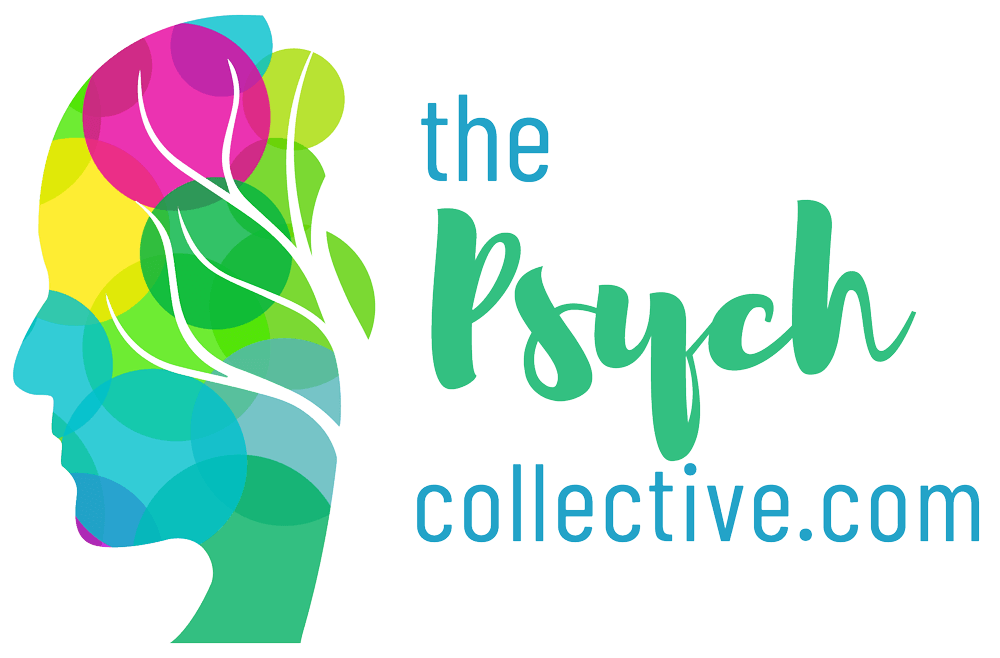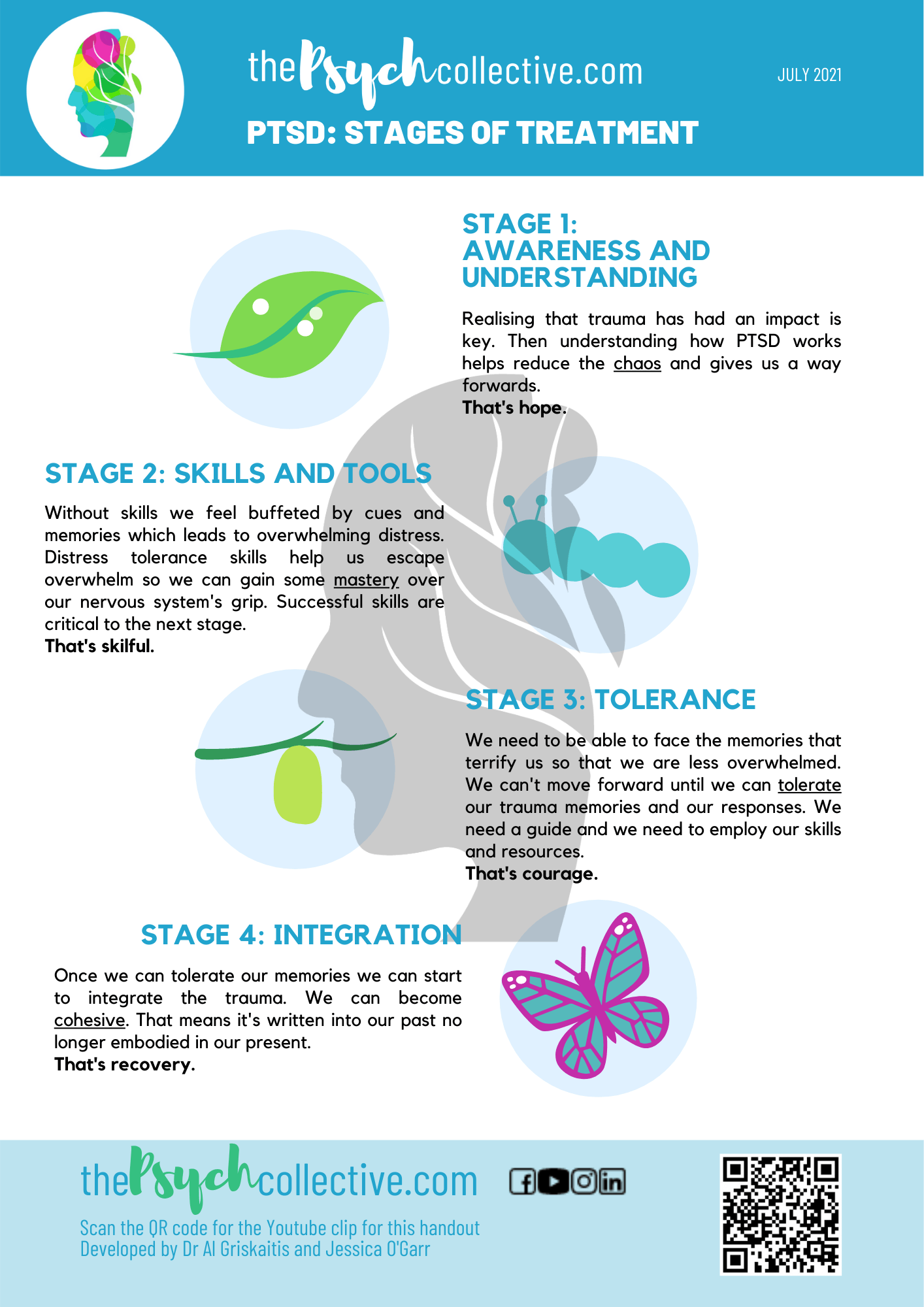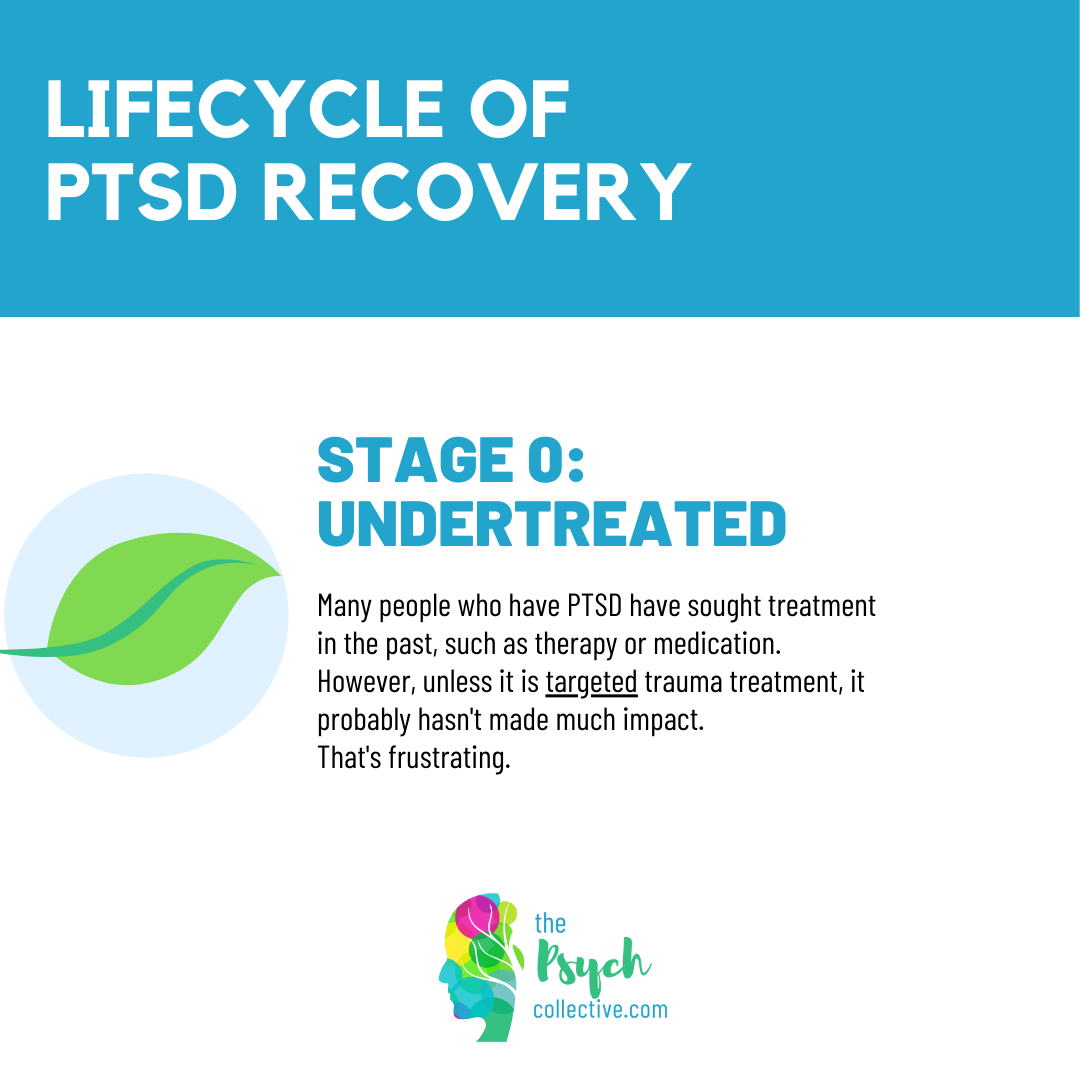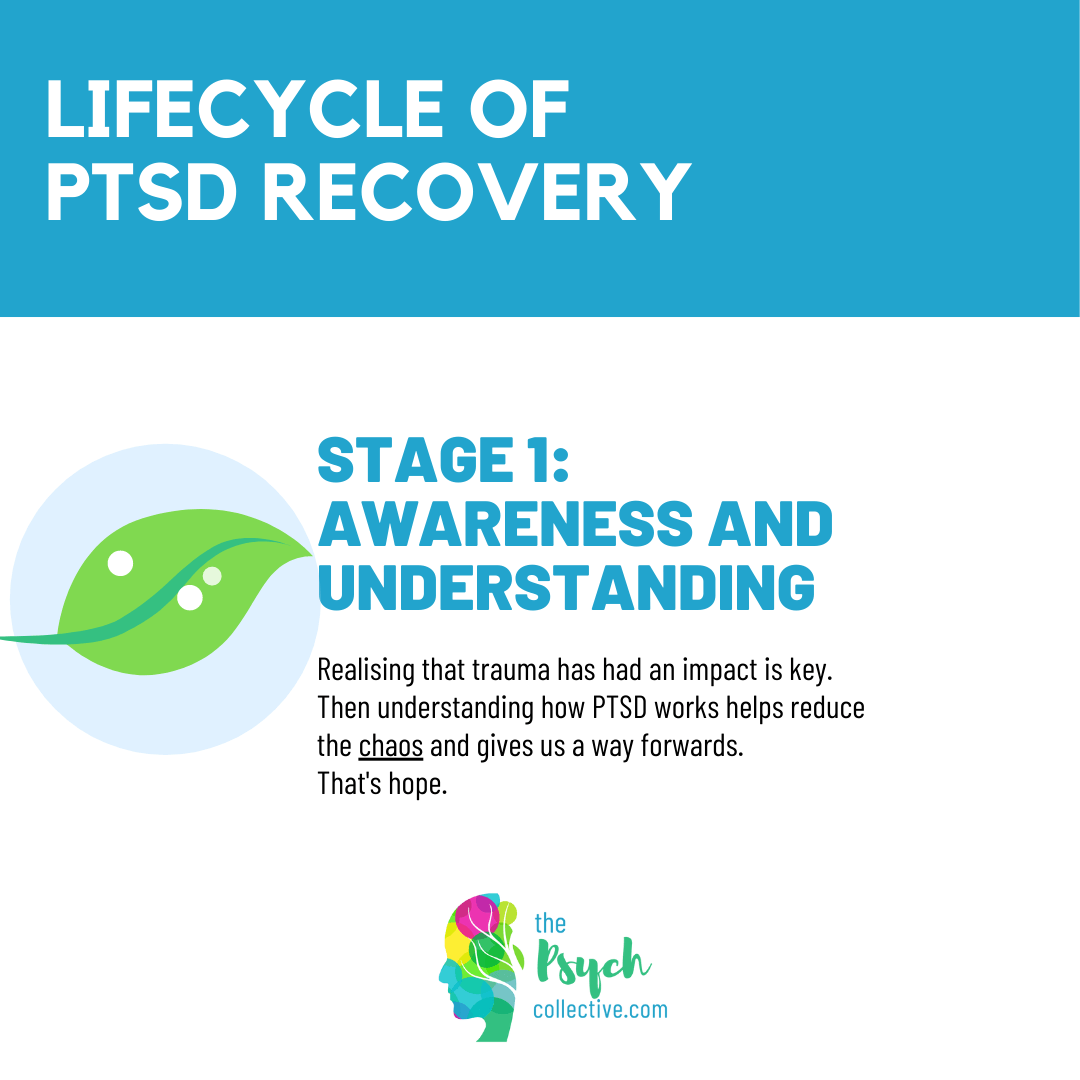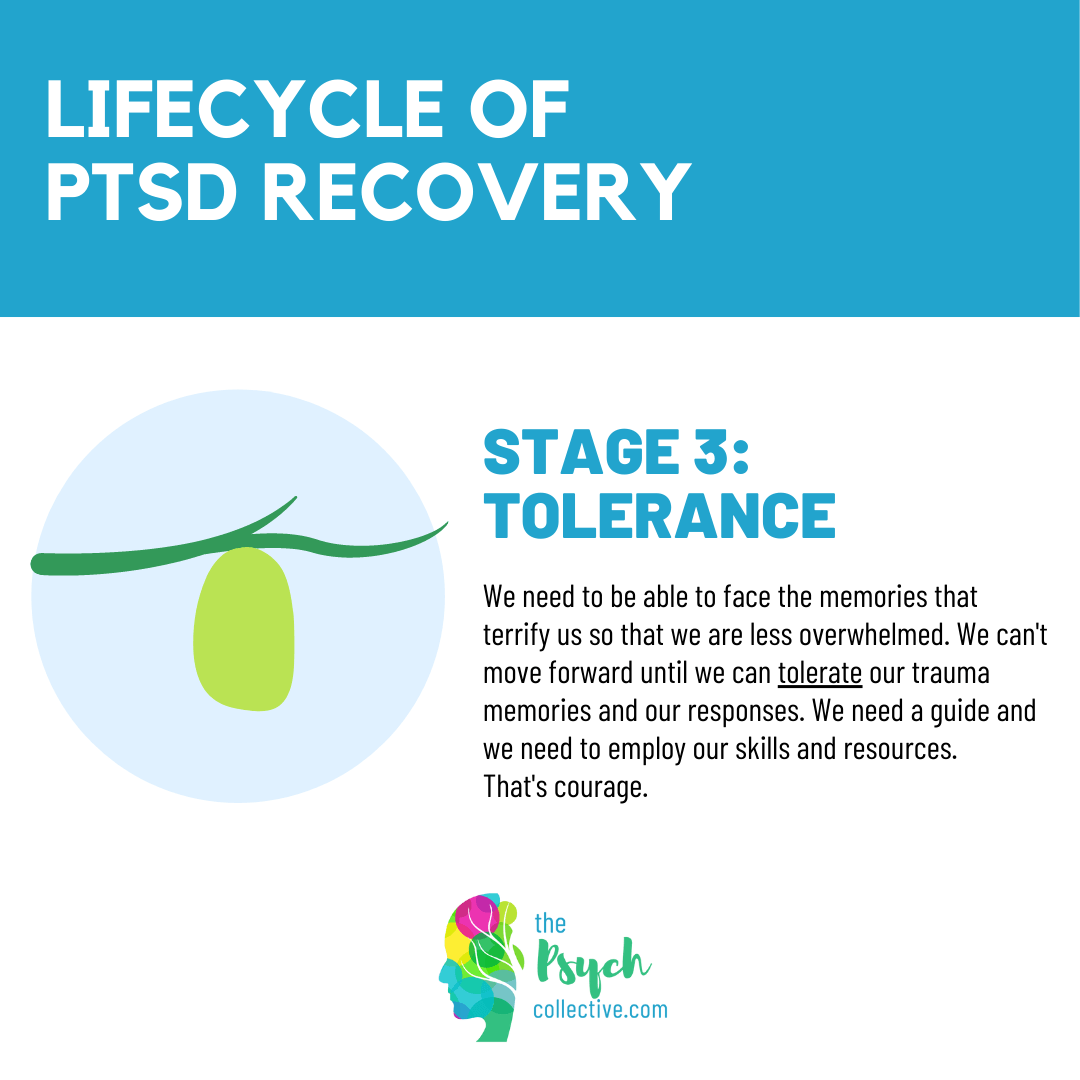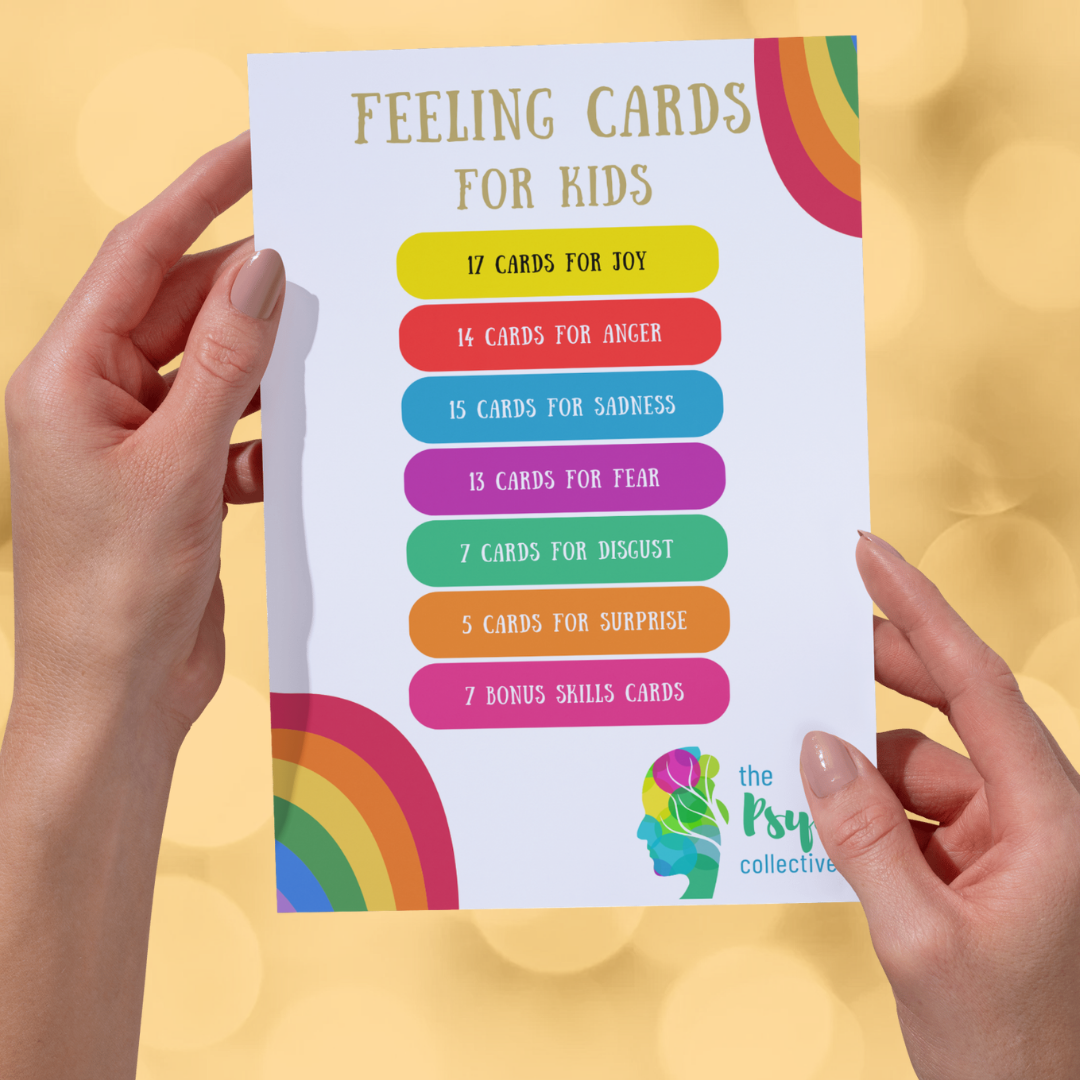Stages of Treatment for PTSD
Recovery from PTSD happens in four stages, once you actually get the proper treatment.
PTSD entails the presence of ‘trauma-type memories’. These are unlike normal narrative memories in that they are fragmented, often incomplete, they evoke powerful emotions and have the feeling of recency. ‘Trauma-type memories’ are toxic and they are the primary issue in PTSD; other PTSD symptoms (hypervigilance, reexperiencing/nightmares, hyperarousal/insomnia) are all manifestations of ‘trauma-type memories’.
A key goal is the transformation of toxic ‘trauma-type memories’ into less toxic narrative-type memories. This is what skilful Prolonged Exposure Therapy with Integration work can achieve.
Without skills to tackle the arousal, it’s very tough to get on top of PTSD.
Skills are critical before embarking on this journey. Becoming an expert in PTSD means you feel less chaos.
There are discrete stages to the treatment of PTSD. The stages are:
- Stage 0: Pretreatment or undertreatment of PTSD.
- Stage 1: Understanding PTSD and understanding PTSD treatment.
- Stage 2: Acquiring the skills needed to cope with Distress of PTSD and the distress of recalling PTSD Trauma-type memories.
- Stage 3: Tolerance of their trauma narrative so that people can start to make sense of their trauma experience.
- Stage 4: understanding the meaning of the trauma episode and finding the lesson of their trauma experience.
Reconciling the meaning and learning the lessons of the traumatic experience are major components to resolving trauma.
Share
Categories
About Our Resources
We offer actionable resources and teach real skills to help people make meaningful change in managing mental health issues through different modes depending on people's learning preferences including infographics, text, worksheets, handouts and video.
